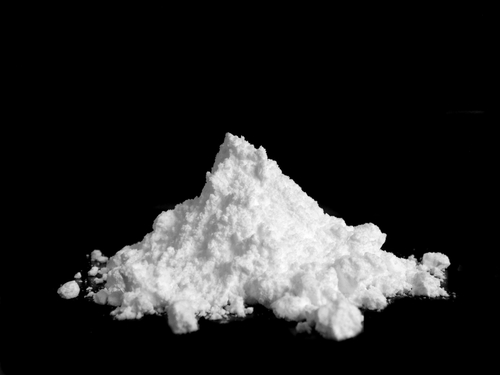
The War on Drugs
The war on drugs has been ongoing since 1971, but the crack epidemic hysteria didn’t really start until about the 1980s. Prior to 1986, both cocaine and crack possession were treated in the same way, but things changed when Congress passed a new law aimed at curbing drug abuse. This act ultimately resulted in the infamous crack versus cocaine disparity.
The Infamous Crack Versus Cocaine Disparity
During the 1980s, it became widespread knowledge that you could easily make crack “rocks” in the kitchen with a few store-bought items and cocaine. This substance was often smoked and sold in small doses on the street. Ultimately, crack and crack cocaine are chemically the same thing, but they do have different effects on the body due to the ingestion method. Cocaine is usually snorted or injected. Crack, on the other hand, is smoked, which is a more efficient way of ingesting the drug. The high is experienced faster, and it’s also more intense.
The media and politicians both began to repeat the myth that crack is more addictive and dangerous than cocaine. Due to media coverage, crack was also perceived as a drug that led to more violence. While there wasn’t much scientific evidence to back up these claims, they still prompted lawmakers to react.
In 1986, Congress passed into law the Anti-Drug Abuse Act. This important legislation attached a five-year mandatory sentence to anyone who was convicted of possessing a minute amount: five grams of crack. An individual would need to be caught with over 500 grams of cocaine to get the same penalty. This 100 to one disparity was not backed by any scientific evidence that crack is more dangerous, addictive or inherently violence-inducing than cocaine.
What’s Changed?
In 2010, President Obama made history by removing the five-year mandatory minimum sentencing guidelines attached to the crime of possessing five grams of crack. This was brought about by the Fair Sentencing Act of 2010. This act reduced the disparity of sentencing deviations between the two drugs, but crack possession still carries a heavier penalty than cocaine. The war on drugs is ongoing, so it’s still important to hire experienced legal representation when you’ve been charged with a drug-related crime.
Contact an Experienced Hamilton Drug Defense Attorney About Your Crack-Cocaine Drug Crime Charges in New Jersey
Have you been charged with a drug related offense in New Jersey? A drug crime conviction can carry with it heavy fines, jail time, and driver’s license suspension! That is why it is imperative that you speak with a qualified drug defense lawyer about your case. The Scardella Law Firm LLC represent clients charged with use, possession, production, distribution, and related drug offenses in Hamilton, Camden, Trenton, and throughout New Jersey. Call 609-372-5285 or fill out our confidential online contact form to schedule a free consultation about your case. We have an office located at 2653 Nottingham Way Suite 1, Hamilton, NJ 08619.
The articles on this blog are for informative purposes only and are no substitute for legal advice or an attorney-client relationship. If you are seeking legal advice, please contact our law firm directly.
